June 20, 2025 | 11:25 GMT +7
June 20, 2025 | 11:25 GMT +7
Hotline: 0913.378.918
June 20, 2025 | 11:25 GMT +7
Hotline: 0913.378.918
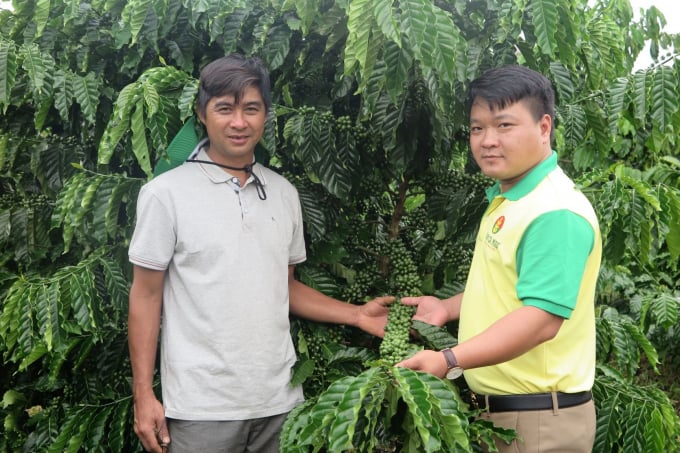
As the world and domestic prices of fertilizer have increased, Ca Mau Fertilizer has implemented many policies to support, share and accompany farmers. Photo: DCM.
As the winter-spring crop ends, despite good harvest and the good selling price of agriculture products, farmers had not made much profit due to the increasing price of fertilizer leading to the increase of input cost.
From the beginning of 2021, the price of fertilizer in the world has increased, as a result, the domestic price has been pushed. In the middle of June, the upward trend continues with most of the fertilizer types for the summer-autumn crop. The domestic fertilizer market is also connected with two-way trade with neighboring markets such as Laos, Cambodia, Thailand, China, among others, so the general increase in the price of fertilizer worldwide penetrates quickly into the domestic market.
The demand for fertilizer increased sharply due to the high price of rice at the beginning of the season, prompting farmers to sow more seeds, while the supply of fertilizer from traditional import markets decreased.
However, recently, the price of agricultural products has decreased, but fertilizer prices are not in sync when prices of some agricultural products such as sweet potatoes, avocados, purple onions, among others plummet amidst the fourth outbreak of the Covid-19 pandemic. The restriction and social distancing have staggered logistics service activities, the fluent circulation of traders to purchase agricultural products, and the consumption of agricultural products.
The aforementioned situation shows that the domestic and foreign fertilizer markets are facing global challenges. The prolonged and complex developments of the pandemic, the pressure to ensure food security, natural disasters, and drought have caused the instability of fertilizer supply and prices of agricultural products.
Considering the overall supply of fertilizers in the country, Vietnam is almost only active in a few items such as urea and phosphate fertilizers. Production is still heavily dependent on imported raw materials, other input costs are also increasing according to the general situation. The increase was recorded in those produced by big names, hitting VND 495,000 per bag of 50-kilogram urea.
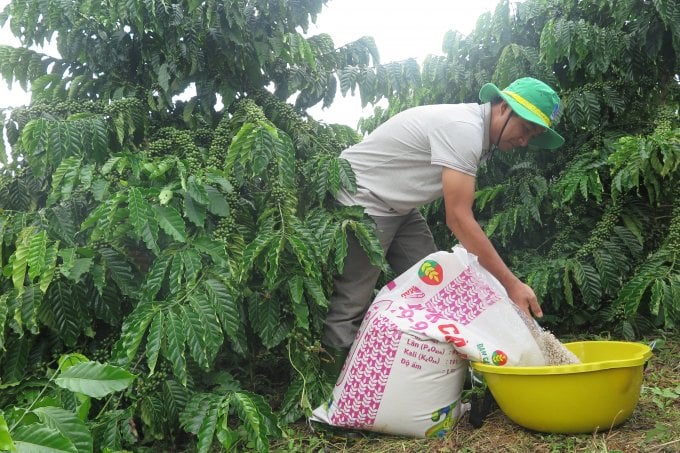
In the last summer-autumn crop, Ca Mau Fertilizer Plant ran at 105% capacity and promptly supplied 25,000 tons of NPK of all kinds, contributing to stabilizing the domestic market. Photo: DCM.
As one of the leading businesses in fertilizer, Petrovietnam Camau Fertilizer Joint Stock Company (PVCFC) is not excluded from the rule of the market. In a common playground, the company was forced to increase the price of its products as other businesses in the same industry raise prices in line with the world fertilizer prices.
However, PVCFC always adheres to the goal of regulating prices that suit the interests of consumers, while ensuring the business efficiency of distribution agents. PVCFC requires distributors to deliver goods promptly when receiving goods from manufacturers, avoiding the situation of hoarding goods to make a profit among intermediaries that farmers do not benefit from.
Release price is determined to close to the FOB price of the regional and world markets. In the context of the high cost of imported goods, domestic consumers can enjoy beneficiaries from the adjustment. Thereby, the price made by the company can partly meet the market price when the world urea price has steadily increased to over USD 430 per ton (delivered in July), as well as when the inventories and export volumes of countries are very limited.
To meet farmers’ demands in supply, Ca Mau Fertilizer Plant is determined to operate 105% of its urea production capacity as well as supply to the market and produce 25,000 tons of NPK of all kinds for the summer-autumn crop.
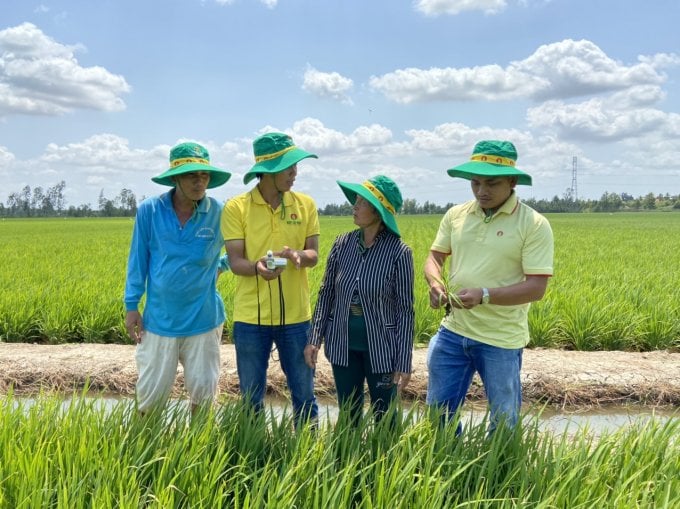
In the coming time, Ca Mau Fertilizer will continue to promote many programs and policies to share with farmers. Photo: DCM.
Ca Mau Fertilizer with its current position is trying its best to enable the balance between the accompany and farmers' interests.
The policy concretized by a companion brand strategy is urgently deployed. The extensive distribution agent system of Ca Mau Fertilizer in all regions urgently follows and updates the local farming situation, promptly reflects and proposes suitable and useful support plans for farmers.
Thus, PVCFC is aggregating all resources to support farmers quickly and synchronously. The plan to accompany the distribution system to purchase agricultural products is also being studied for implementation as soon as possible.
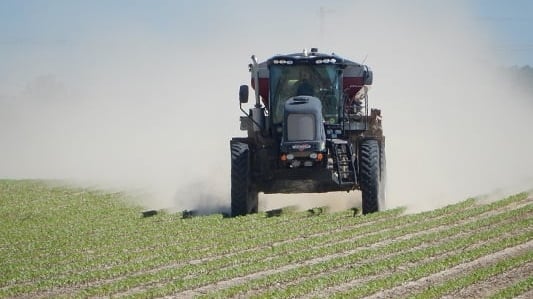
(VAN) The vice president of fertilizer with Stone X Group says increasing tensions in the Middle East are impacting global nitrogen prices.
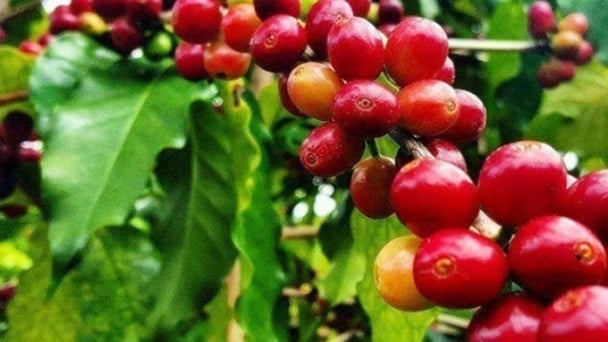
(VAN) Coffee prices on June 19, 2025 dropped globally. Domestic coffee prices dropped by as much as VND 2,300, plunging to around VND 107,100 - 107,700/kg.
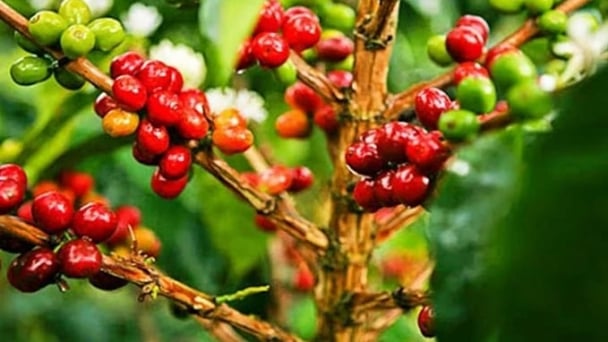
(VAN) Coffee prices on June 18, 2025, declined globally, with Arabica losing about 2.3%. Domestic prices fell by VND 1,600, down to VND 109,400 – 110,000/kg.
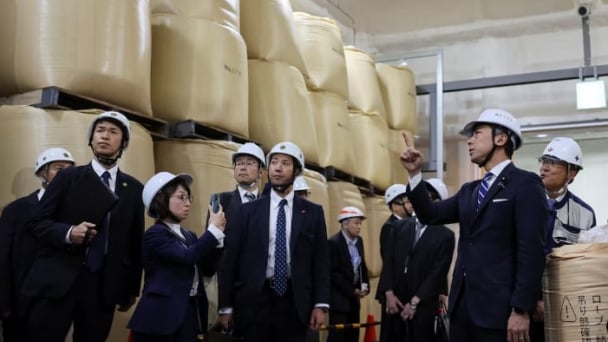
(VAN) Japan will release another 200,000 metric tons of rice from its emergency stockpile to tackle a doubling of prices since last year, Agriculture Minister Shinjiro Koizumi said on Tuesday.

(VAN) Coffee prices on June 13 declined sharply for Arabica. Domestic coffee market in Vietnam dropped by VND 2,000, trading at VND 111,500 – 112,300/kg.

(VAN) Coffee prices on June 12, 2025, continued to fall. Domestically, coffee prices decreased by another VND 2,000, trading at VND 111,500 – 112,300/kg.

(VAN) Coffee prices on June 11, 2025, fell sharply across global markets. Domestic coffee market dropped by VND 700, to the range of VND 113,500 – 114,300/kg.